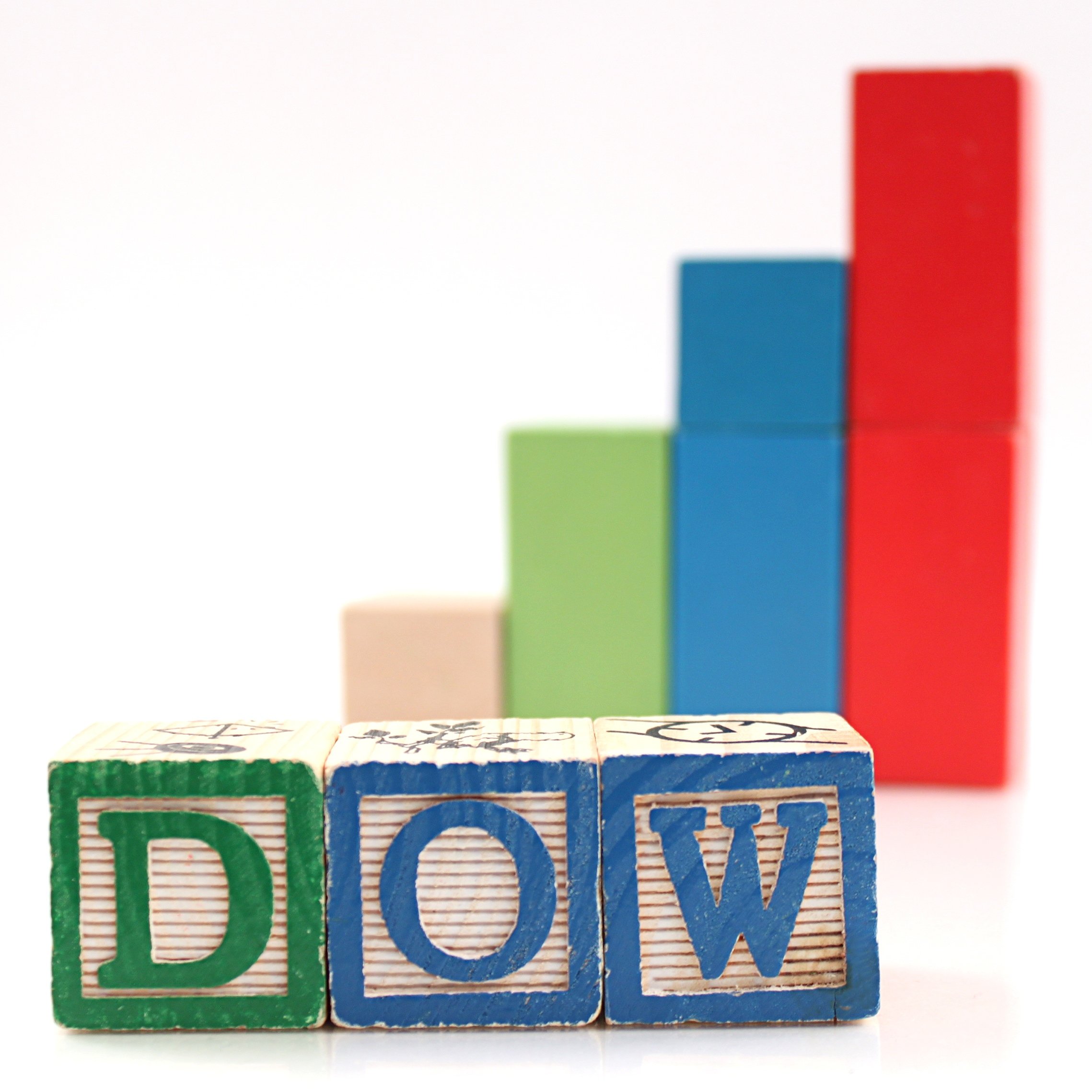
"The Dow Jones Industrial Average (DJIA) is one of the oldest and most widely recognized stock market indices in the world. Created in 1896 by Charles Dow and Edward Jones, the index was initially composed of just 12 industrial companies that represented the backbone of the U.S. economy at the time. Today, it includes 30 large, publicly traded blue-chip companies across a range of industries, from technology and finance to health care and consumer goods."
"Unlike market-cap-weighted indexes such as the S&P 500, the DJIA is price-weighted, meaning that companies with higher stock prices have a greater impact on the index's movements than those with lower prices, regardless of their overall market size. As the old-timer of the indices hits new all-time highs, four of the best dividend stocks remain relatively inexpensive. With all of the major indices at or near all-time highs safer DJIA dividend stocks make sense now. Dividend paying stocks could have a strong tailwind when the Federal Reserve lowers interest rates. Safe dividend paying DJIA stocks should fair much better when the next market correction comes along."
"The DJIA is widely used as a barometer of U.S. stock market performance and investor sentiment. Movements in the index are closely followed by analysts, policymakers, and everyday investors as an indicator of the broader economy's health. While it does not capture the entire market-since it only includes 30 companies out of thousands-it often reflects trends that influence corporate earnings, economic growth, and global markets. The index hit an intraday all-time high on Friday, August 15."
The Dow Jones Industrial Average began in 1896 with 12 industrial firms and now tracks 30 large blue-chip companies across multiple sectors. The index is price-weighted, so higher-priced stocks exert more influence on its movement regardless of market capitalization. The DJIA functions as a barometer of U.S. market performance and investor sentiment and often reflects trends that affect corporate earnings and economic growth. The index recently reached an intraday all-time high on August 15. A screening of its 30 components identified four relatively inexpensive stocks with high dividends that may benefit from lower rates and offer resilience in corrections. Professional financial advice is recommended for portfolio decisions.
Read at 24/7 Wall St.
Unable to calculate read time
Collection
[
|
...
]